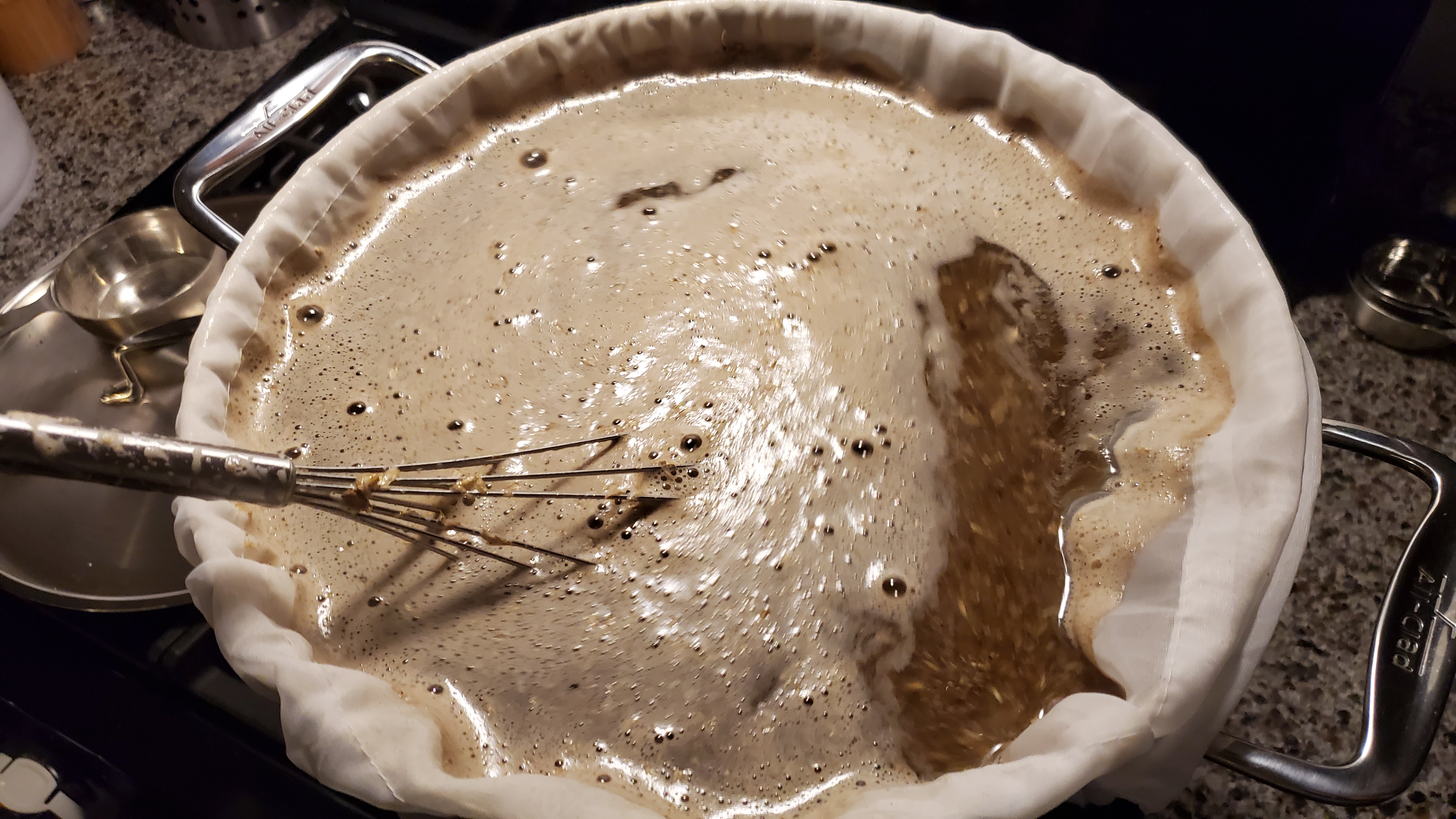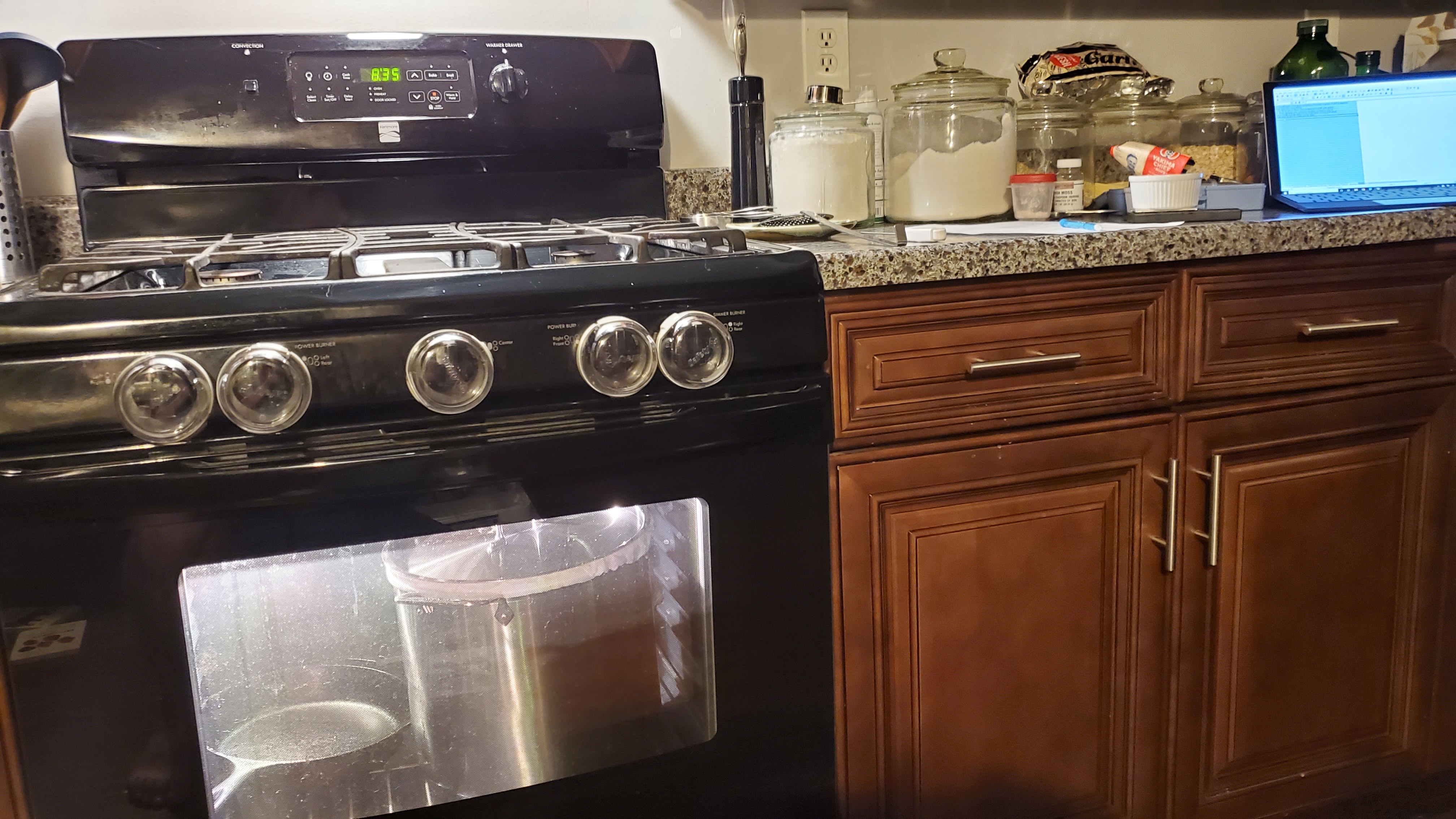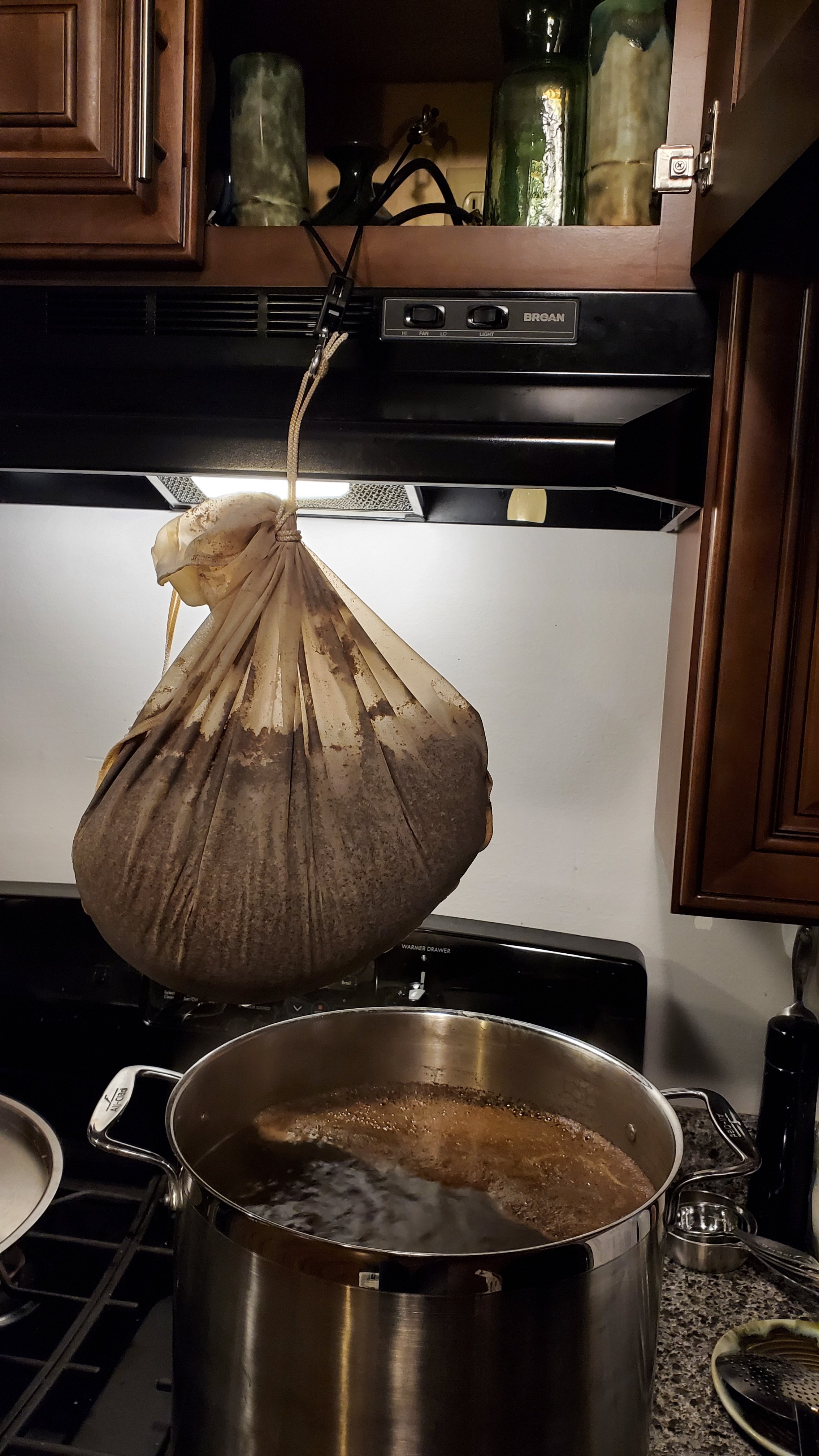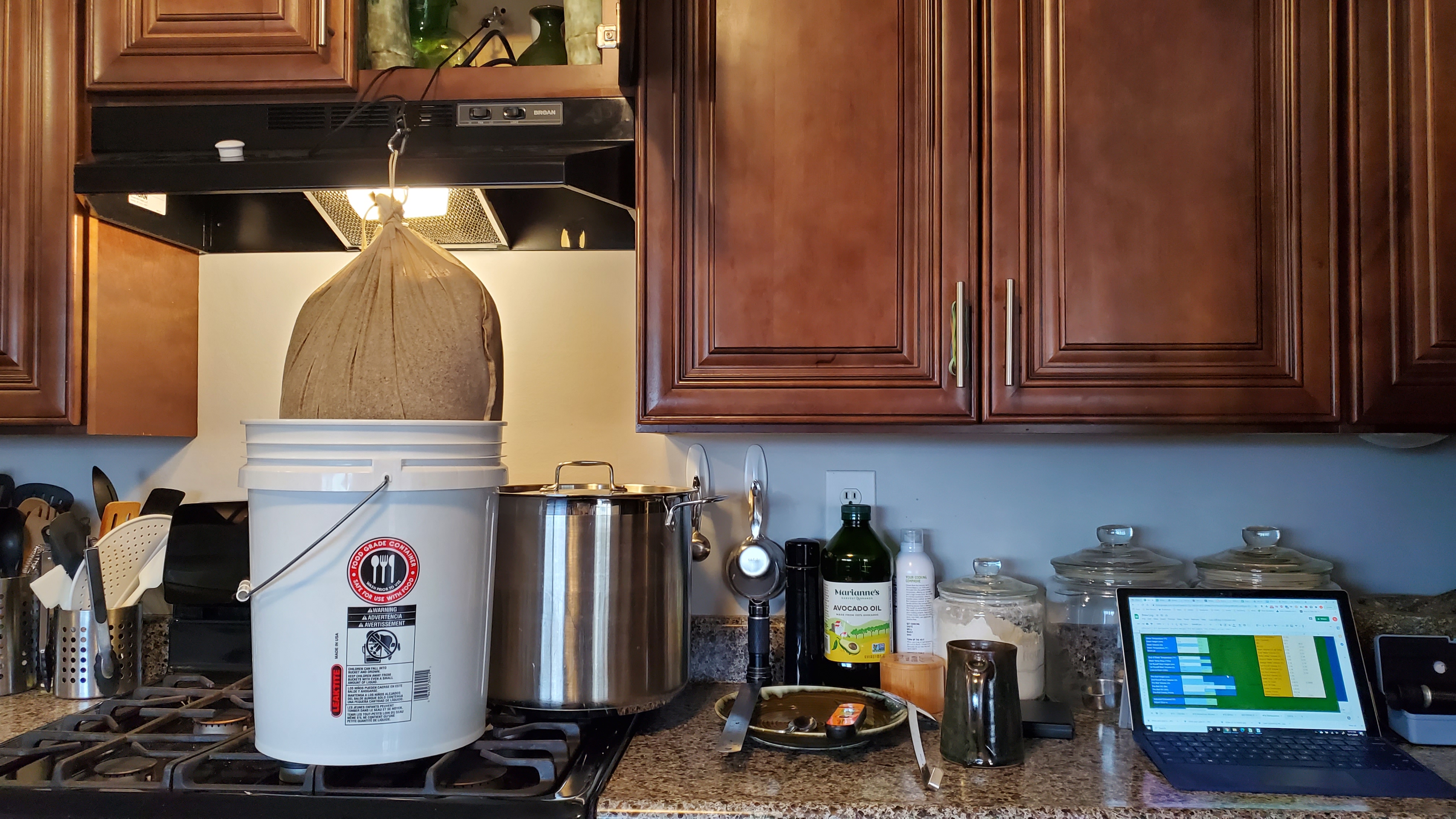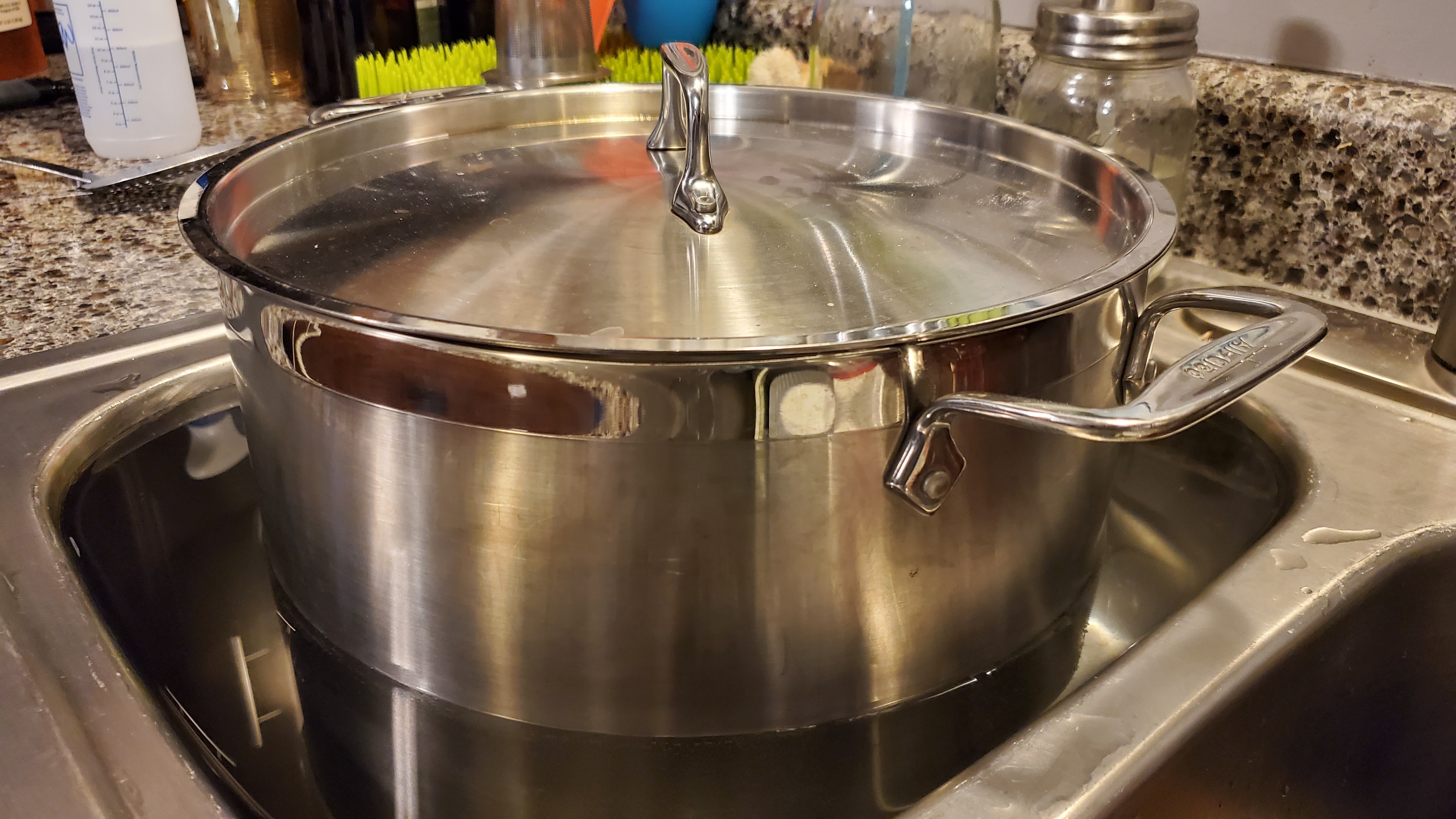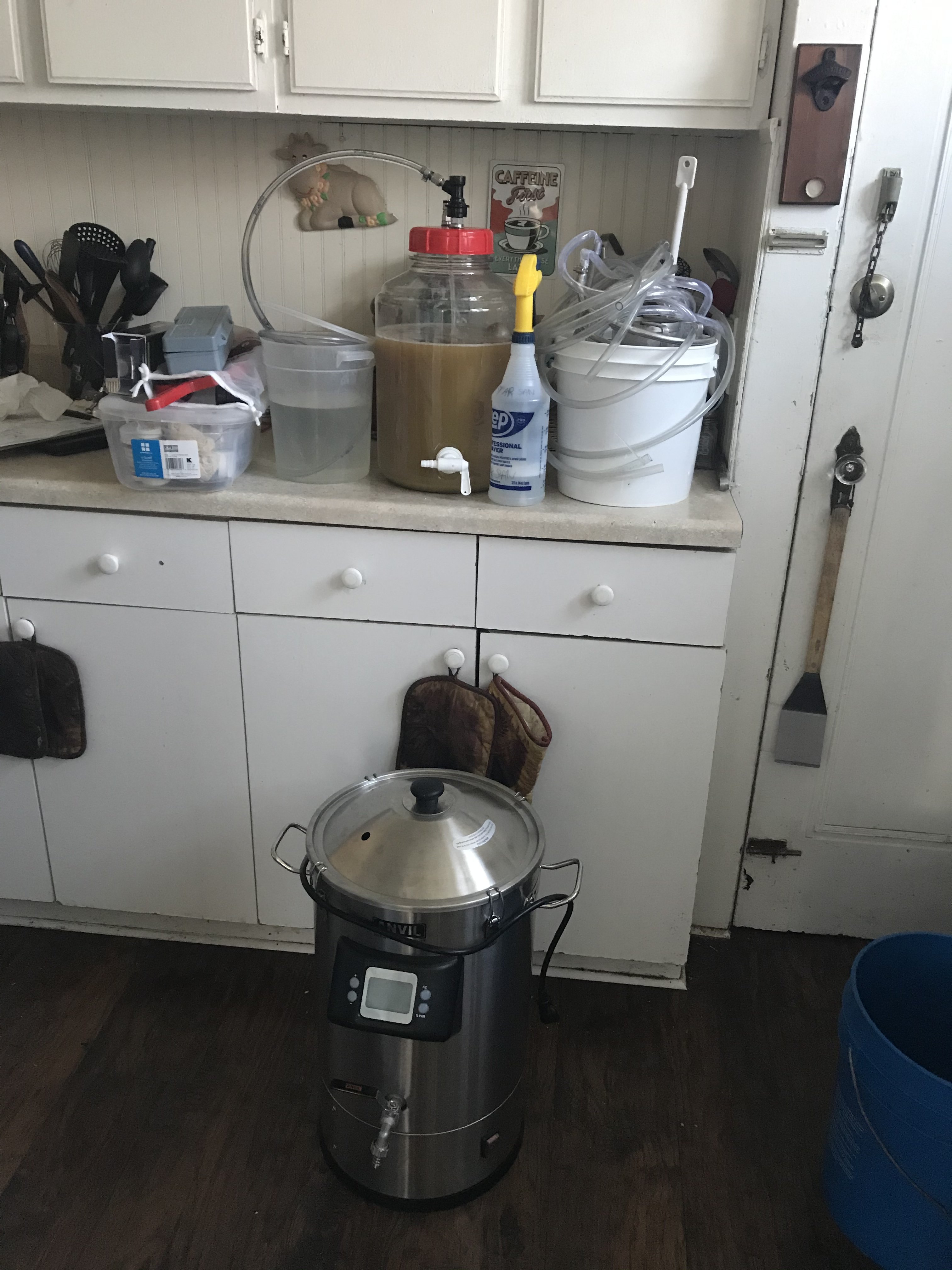Elysium82
Well-Known Member
- Joined
- Apr 5, 2021
- Messages
- 45
- Reaction score
- 8
hey guys.
I'd like to brew (all-grain), but keep it simple (yet good enough so that my friends would envy my brew).
By simple I mean minimalistic so that I wouldn't have to dedicate a lot of room to the equipment/ingredients. I know there are a few blogs out there, but I was wondering if someone who has been brewing like this could point me in the right direction (ideally a place where they have documented there experience).
I assume I need a big enough pot. I need to calculate how much malt I could mash on the stove. This is where it gets daunting (already? )
)
I just want to keep it simple, yet enjoy a good pint of my own beer.
I'd like to brew (all-grain), but keep it simple (yet good enough so that my friends would envy my brew).
By simple I mean minimalistic so that I wouldn't have to dedicate a lot of room to the equipment/ingredients. I know there are a few blogs out there, but I was wondering if someone who has been brewing like this could point me in the right direction (ideally a place where they have documented there experience).
I assume I need a big enough pot. I need to calculate how much malt I could mash on the stove. This is where it gets daunting (already?
I just want to keep it simple, yet enjoy a good pint of my own beer.




